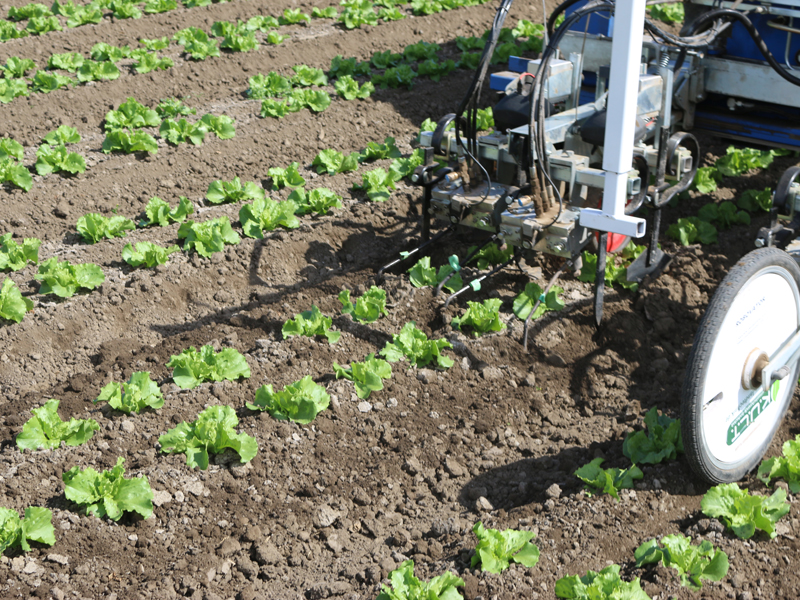Pests
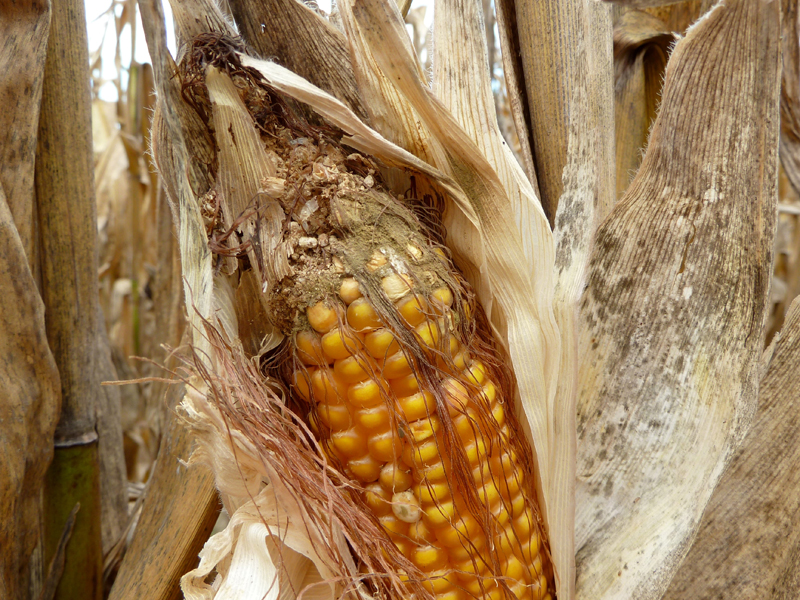
It’s not fun when a fungus contaminates crops. Safe native fungi, however, show promise in the fight against toxic fungal contamination.

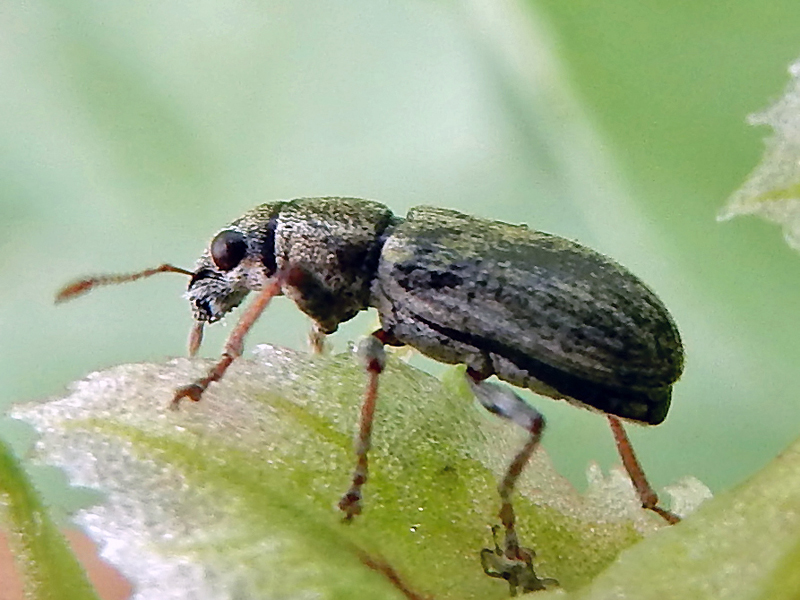
Beans are awesome. They are packed with nutrients and are high in protein. They can grow in many different environments. They help replenish soil nitrogen levels. They are a vital crop for food security in many parts of the world.

But a small beetle can cause big losses to bean crops.
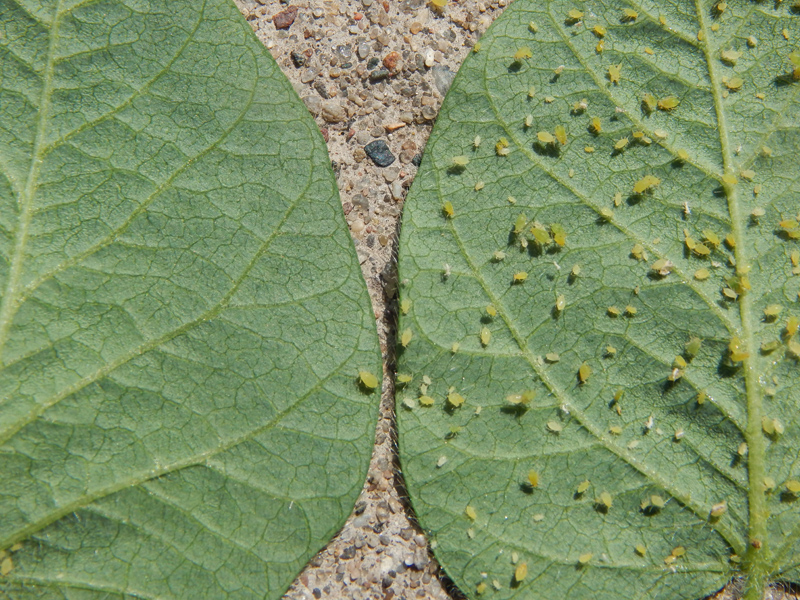
A tiny pest can cause huge losses to soybean farmers.

Several top soybean producing states in the U.S. are in the Upper Midwest. In these states, an insect–the soybean aphid–is a damaging pest. Each year, soybean aphids cause billions of dollars in crop losses.
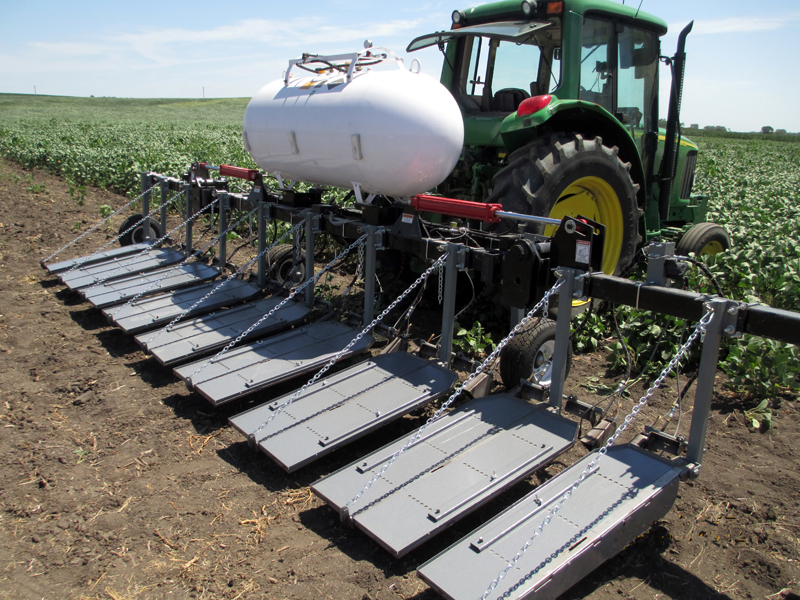
Interest in organic farming is growing. However, controlling weeds without synthetic herbicides, as organic certification requires, is challenging. Scientists are studying alternative tools for weed management. One such tool is propane-fueled flame weeding.

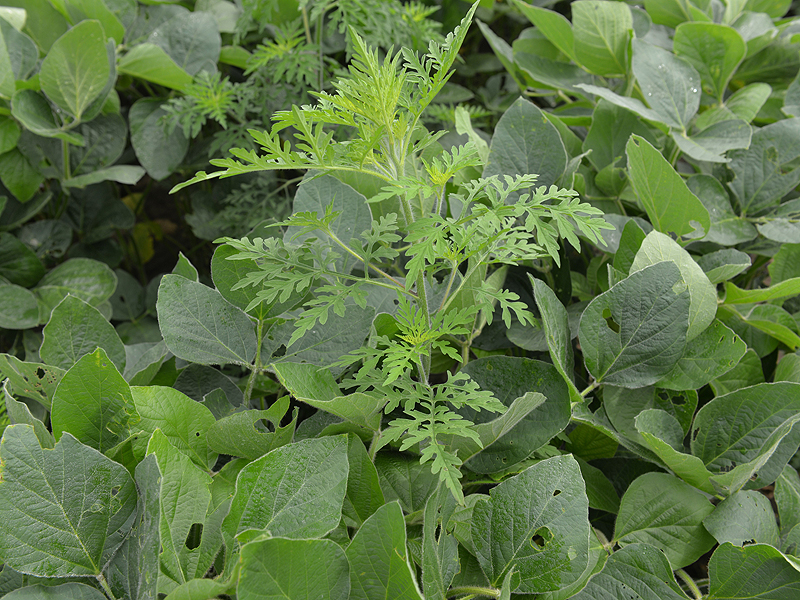
Ragweed, its pollen potent to allergy sufferers, might be more than a source of sneezes. In the Midwest, the plant may pose a threat to soybean production.

Scientists have found that ragweed can drastically reduce soybean yield.

